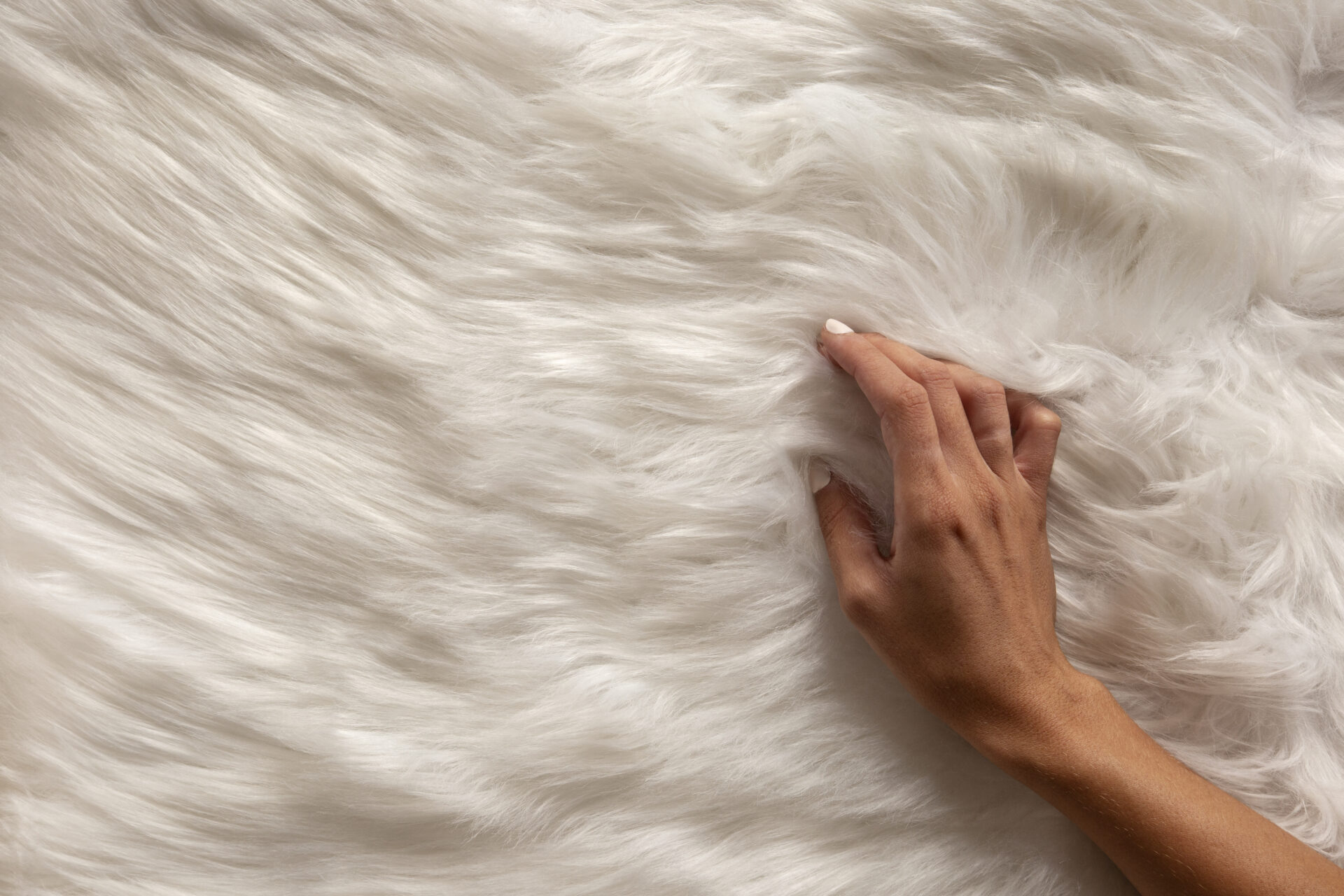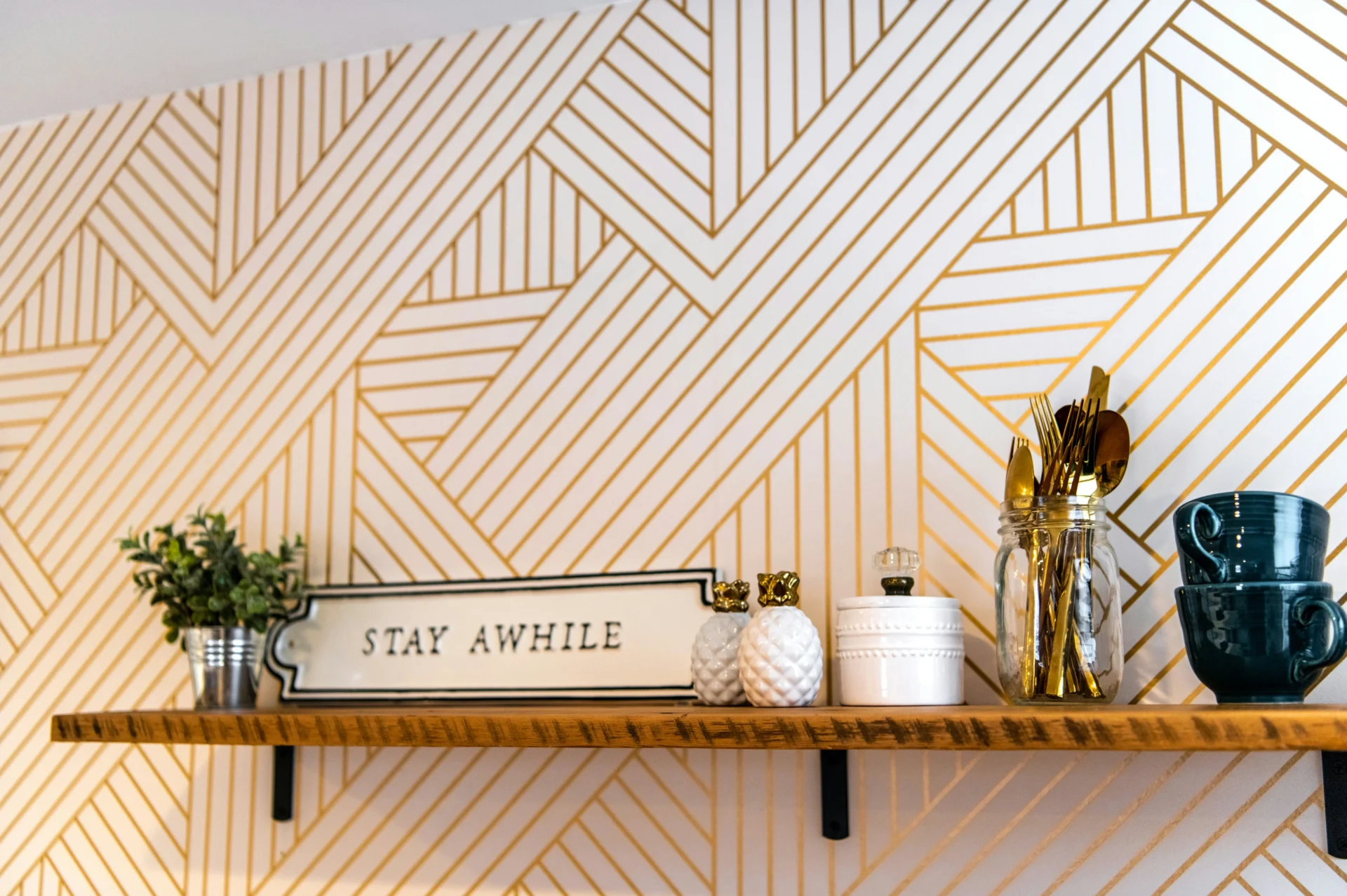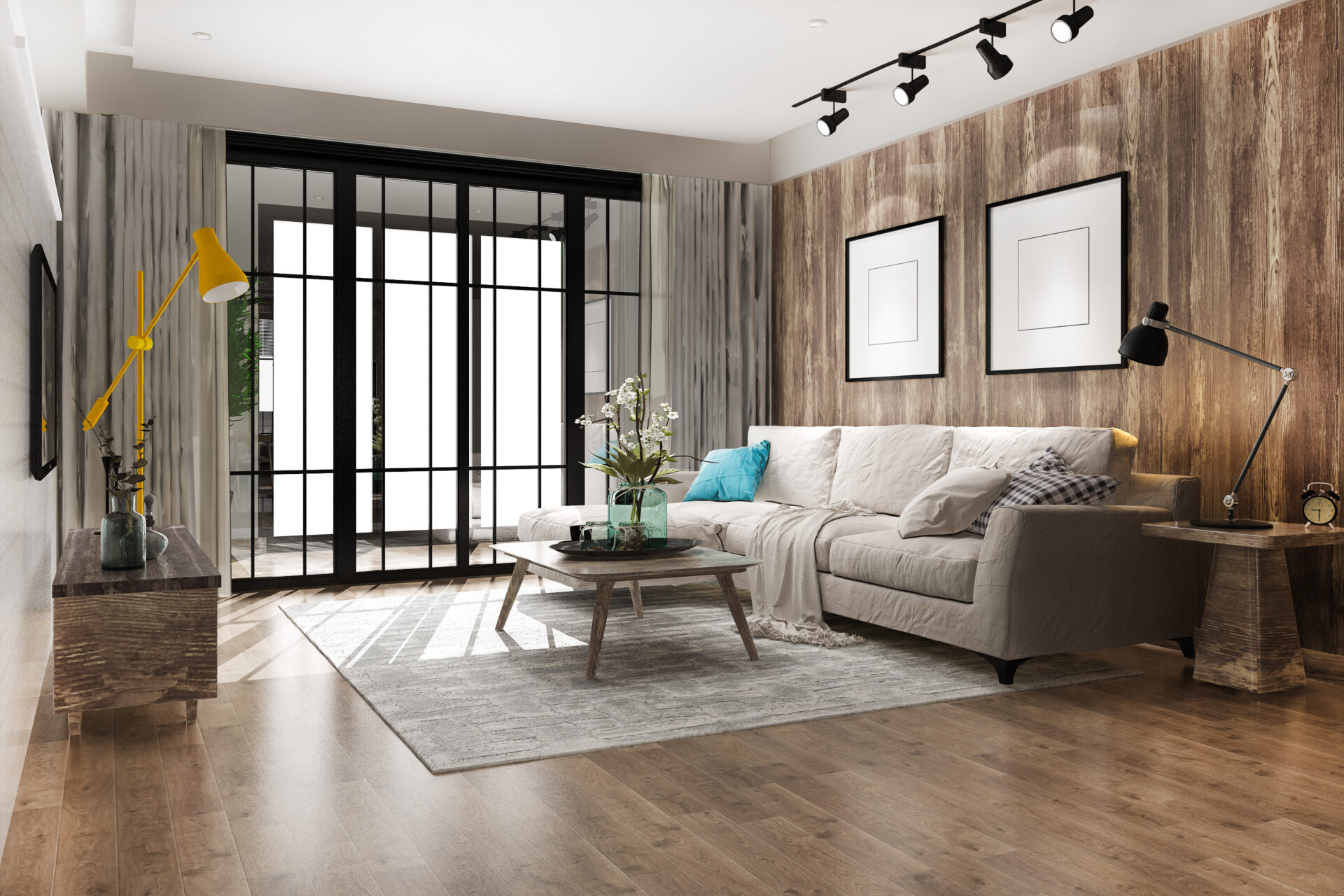
How to Layer Fabrics and Materials For Textural Richness
Contact UsCreating a visually appealing and tactilely rich interior goes beyond just choosing the right colours and patterns. Textural richness plays a crucial role in elevating a space, adding depth and interest that engages the senses. By strategically layering fabrics and materials, you can create a dynamic and inviting environment. Here’s how to achieve textural richness in your home by layering fabrics and materials.
Understanding Textural Richness
Textural richness involves the thoughtful combination of different textures to create a cohesive and engaging space. This can be achieved through a variety of fabrics, materials, and finishes that work together to add depth and dimension. The key is to strike a balance between contrasting and complementary textures to avoid overwhelming the space.
The Basics of Layering Fabrics and Materials
Start with a Base
Begin by selecting a foundational fabric or material that will serve as the base of your design. This could be a large area rug, a sofa fabric, or even the wall texture. The base should be neutral or subtly textured to allow for more dramatic layers on top.
Add Layers Gradually
Once you have your base, start adding layers gradually. Introduce different textures through cushions, throws, curtains, and smaller decorative items. Each layer should add a new element of texture that contrasts with the previous layer while still maintaining a harmonious look.
Mix and Match Textures
Don’t be afraid to mix and match various textures. Combining soft fabrics like velvet or silk with rougher materials such as burlap or linen can create an interesting interplay. The key is to ensure that each texture complements the others, adding depth without clashing.
Key Fabrics and Materials to Use
Fabrics
- Velvet: Known for its luxurious feel, velvet adds warmth and sophistication to any space. Use velvet for cushions, upholstery, or curtains to create a rich, opulent look.
- Linen: Linen’s natural, slightly rough texture provides a wonderful contrast to smoother materials. It’s perfect for curtains, throws, and bed linens, adding a relaxed yet refined touch.
- Silk: Silk adds a touch of elegance and sheen. It’s great for decorative cushions or drapes, adding a subtle richness and softness.
- Wool: Wool is versatile and adds a cozy, textured element to your space. Use wool for blankets, rugs, or upholstery to introduce warmth and a tactile quality.
Materials
- Wood: Incorporate wooden elements to add a natural, warm texture. From hardwood floors to wooden furniture and decorative objects, wood brings an organic, earthy feel to your space.
- Metal: Metals like brass, copper, and iron add a sleek, modern texture. Use metallic accents in light fixtures, furniture legs, and accessories to contrast with softer textures.
- Glass: Glass provides a smooth, reflective surface that can enhance light and add a contrasting texture. Use glass in coffee tables, vases, or decorative bowls.
- Stone: Natural stone, whether in countertops, flooring, or decorative objects, adds a rugged, earthy texture that complements both modern and traditional designs.
Techniques for Layering Textures
Use Textured Wall Treatments
Consider adding texture to your walls with materials like brick, wood panels, or textured wallpaper. These treatments add a significant layer of texture and set the tone for the rest of the space.
Combine Soft and Hard Textures
Balance is key when layering textures. Combine soft textures like plush cushions and throws with hard textures such as wooden furniture or metallic accents. This contrast creates a visually interesting and tactilely engaging space.
Layer Rugs
Layering rugs is an excellent way to add textural depth. Start with a large, neutral base rug and layer a smaller, more textured or patterned rug on top. This adds warmth and dimension to your floor space.
Play with Scale
Varying the scale of textures can create a more dynamic look. Mix large, bold textures with smaller, more delicate ones to create a balanced yet intriguing composition. For example, pair a chunky knit throw with fine silk cushions.
Use Natural Elements
Incorporate natural elements like plants, wood, and stone to add organic textures. These elements not only add visual interest but also bring a sense of nature and tranquility into your home.
Inspiration from Real Spaces
- Modern Living Room: A living room featuring a velvet sofa paired with linen cushions, a wool rug, and a wooden coffee table. The combination of smooth and rough textures creates a balanced and inviting space.
- Bohemian Bedroom: A bedroom with a mix of silk drapes, a chunky knit throw, a jute rug, and an eclectic mix of wooden and metal accents. This layering of textures creates a cozy and vibrant atmosphere.
- Industrial Kitchen: A kitchen featuring exposed brick walls, a concrete countertop, wooden cabinets, and metallic fixtures. The interplay of rough and smooth textures adds depth and character.
Conclusion
Achieving textural richness through layering fabrics and materials is a surefire way to create a dynamic and engaging space. By thoughtfully combining different textures, you can add depth, interest, and a tactile quality that enhances the overall aesthetic of your home. Start with a solid base, layer gradually, and don’t be afraid to mix and match. The result will be a beautifully textured, harmonious space that feels both luxurious and inviting.
For more tips and personalised advice on creating texturally rich interiors, feel free to contact Thomas Vooght. Transform your home into a sanctuary of tactile and visual delight with expert guidance.



